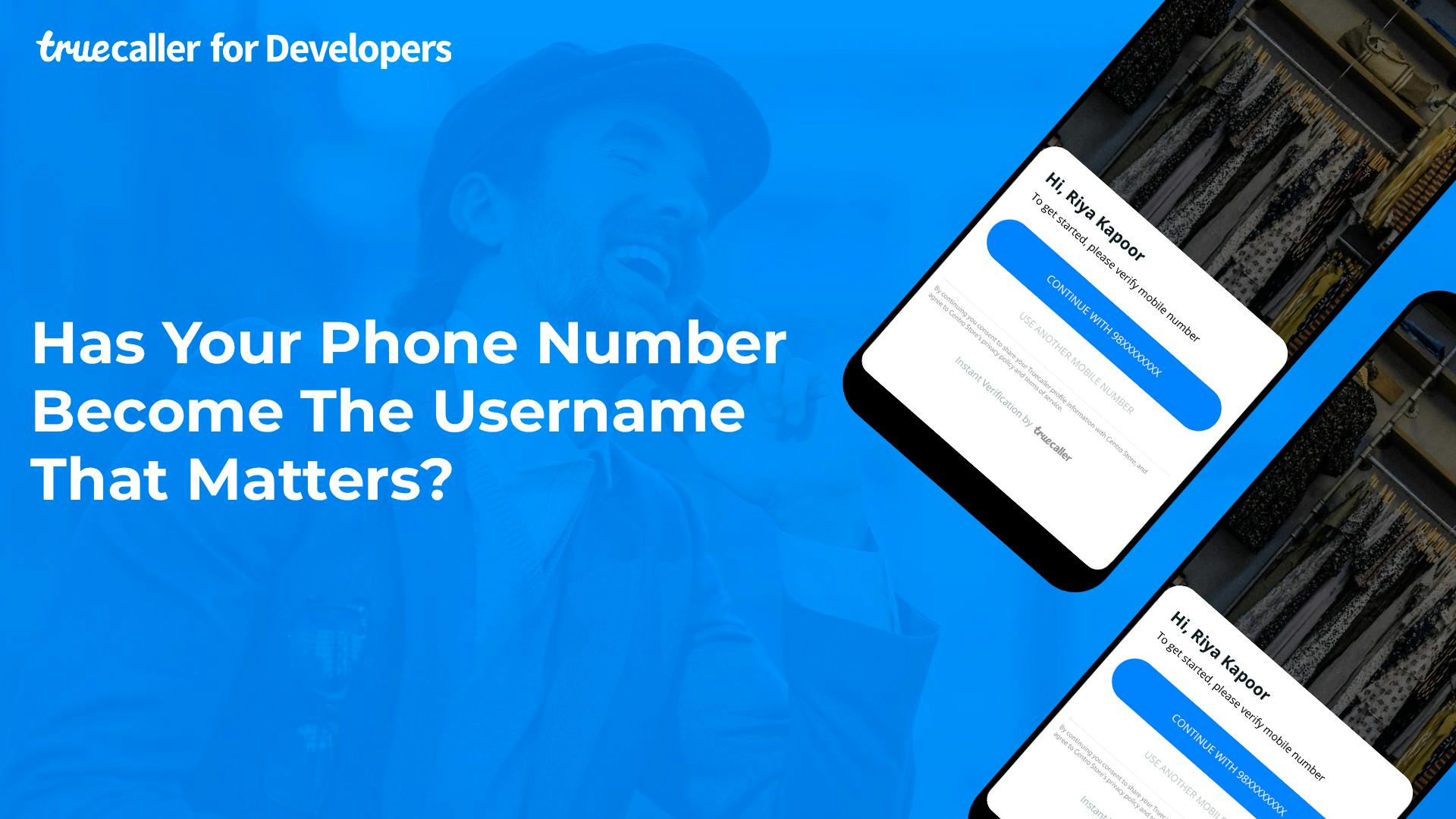
The Rise of Phone Number Authentication: Is Your Phone Number the New Username?

Vishant Khare
Feb 28th, 20234 min read
The pandemic has resulted in a hockey stick growth curve for digital transactions.
In every digital transaction, regardless of industry or service, there are two key considerations:
Who is the user, and does he or she mean well?
Businesses must ask these two questions at every stage of the customer lifecycle, but how can they make it better and simpler? How can they create identity verification experiences that encompass speed, simplicity, and security? Do businesses need to look beyond traditional, user-centric approaches to identity management like passwords?
According to the Passwords & Authentication Consumer Trends Report by Prove, people are tired of using multiple passwords and slow identity verification processes. Here are some key insights from the report:
- 62% of respondents said they wouldn’t log into an account after three failed password attempts.
- 51% of respondents said they would switch brands if the identity verification process is slow.
- 45% of respondents believe it should take less than 30 seconds to create a new online account.
- 69% of respondents felt that seamless customer experience when signing up is somewhat or very important.
Ensuring a seamless customer experience is a key challenge during user identity verification.
Traditional identity verification and authentication methods, such as passwords, SMS OTPs, etc., often result in a clunky customer experience that hinders businesses from attracting and retaining new customers.
Let's take the example of eCommerce, where delivering a user-friendly checkout experience is paramount. You get a returning customer if you get it right (a safer, quicker, and seamless checkout process). If you get it wrong (delayed OTPs or a tedious registration form), your customers will leave with a bad taste in their mouths, which is not ideal from both business and brand reputation perspectives.
It’s reported that eCommerce stores lose 8 billion in sales revenue each year because of user drop-offs. Statista did a survey on ‘what shoppers do after abandoning their cart’ and found that 26% of shoppers purchase the items from other online retailers, whereas 8% of shoppers go to a physical store to make the purchase.
A lot of shoppers find it frustrating to manually enter their personal details for a single purchase—which is why almost a quarter of drop-offs happen because they are asked to create an account manually. A sluggish onboarding process can seriously dent your user growth if you have an eCommerce portal.
Similarly, there are scenarios where users may require quick sign-ups. For example, someone who is using a ride-hailing app for the first time wants to book a cab urgently. The last thing he or she would want is to manually fill in the details to open his or her account or face glitches such as delayed OTPs.
The Solution: Phone number based Identity verification
According to Statista, the number of smartphone users in India was estimated to reach over 748 million in 2020. Truecaller alone has 320M+ active users across the globe. In other words, digital businesses can potentially leverage 320 million pre-verified user identities (phone number-based) for seamless sign-ups and checkouts. These numbers present businesses with a big opportunity, as earlier, it wasn’t possible to ascertain that people entering credentials were actual users. This is why verification through passwords had little value.
On the other hand, pre-verified, phone number-based identities are unique to users (giving businesses the knowledge of the actual owner of the phone). Therefore user verification via this route is not only quick but more reassuring.

With the rise of account opening fraud and the prevalence of synthetic identity scams, Identity verification at the time of onboarding is more important than ever. At the same time, businesses need to create fast, accessible onboarding experiences to attract and convert more users.
Using phone number-based identity for customer lifecycle management
Although each stage of the consumer identity lifecycle is critical, recently, there has been a lot of focus on the onboarding process and identity verification. This is somewhat understandable with the rapid transition to remote work and with sizable opportunities for capturing new demographics; many digital businesses are investing heavily in customer acquisition and delivering a customer experience as frictionless as possible.
Phone number-based identities can enable you to optimize your user funnel and achieve verified user growth.
For example, Shopify merchants use Truecaller’s Verification SDK for their stores. It enables a one-tap, OTP-free, and phone number-based identity verification for shoppers who are Truecaller users. Users can skip the hassle of a manual, multi-step onboarding process and get their details auto-filled with just one tap.
Truecaller User Verification Solution:
- Significantly reduces the number of steps users need to take for account creation.
- Gives users a quick gratification
- Delivers a seamless customer experience by providing the option to auto-fill onboarding forms with authenticated data
- Enables businesses to convert more users by reducing drop-offs
- Ensures quick integration time with standard, light-weight SDK
Whether you recognize it or not, your digital business presence is now your storefront to the world, and you won’t get a second chance to make first impressions. Consumers no more buy into subpar experiences and actively search for better alternatives if they cannot deliver. You need to build solutions delivering best-in-class security and customer experiences to encourage onboarding and deter customer churn.
You can learn more about Truecaller Verification SDK here
If you have any questions or feedback, feel free to reach out to our Developer Platform Team